My Dog Suddenly Won’t Jump Up [Reasons]
Have you noticed your canine companion suddenly avoiding jumping onto their favorite spots, like the couch or bed? It can be alarming when your energetic and agile pup starts to exhibit a sudden disinterest in activities they once enjoyed. There are several reasons why your dog might have stopped jumping, and understanding the potential causes is the first step in addressing the issue.
Some common factors that contribute to a dog’s reluctance to jump include injuries, trauma, or underlying medical conditions. In some cases, joint problems like arthritis or hip dysplasia may be the culprit. However, it’s also important to consider less obvious factors such as fear or anxiety.
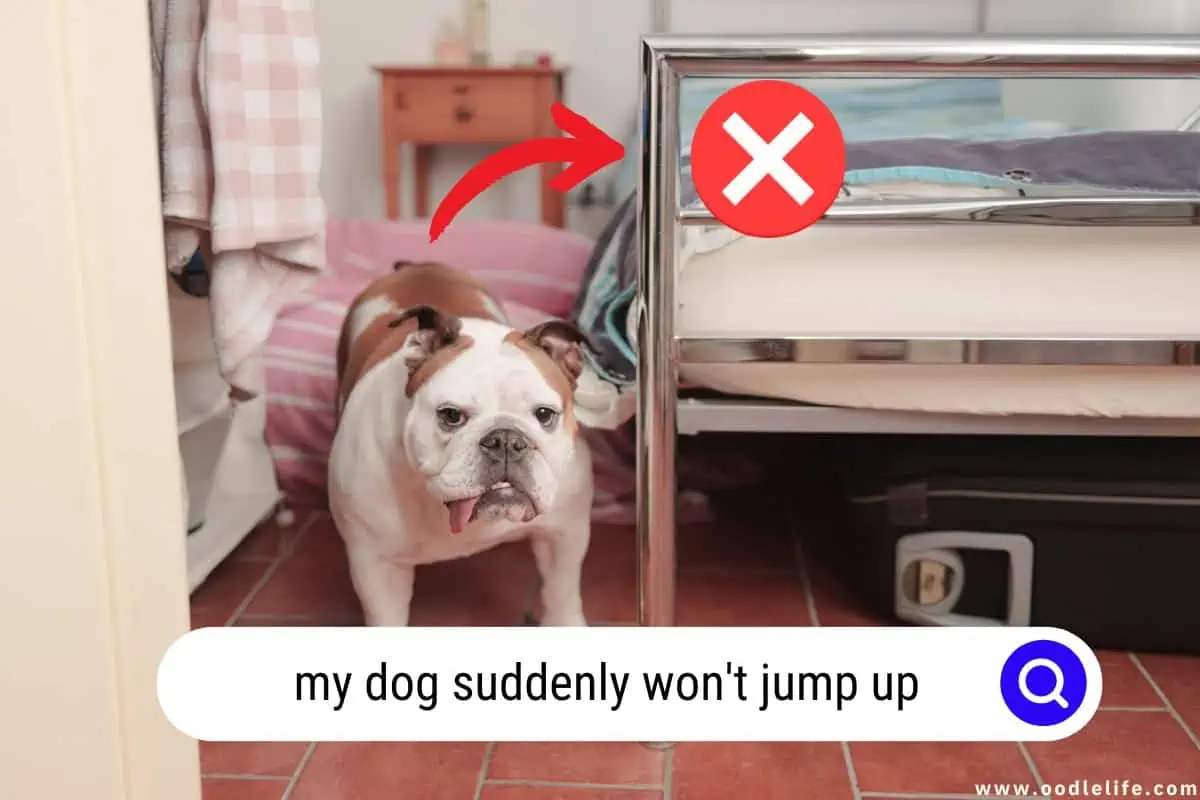
By identifying the possible reasons behind this change in behavior, you’ll be better equipped to help your furry friend feel more comfortable and get back to their old, jumpy self.
In this article, we’ll explore the possible reasons behind your dog’s sudden hesitance to jump and provide guidance on what steps to take to alleviate their discomfort. Keep in mind that it’s always best to consult a veterinarian for a professional assessment if you’re unsure about your pet’s health or behavior.
Possible Reasons Why Your Dog Won’t Jump Up
Age-Related Issues
As dogs age, their energy levels and physical abilities may naturally decline. Jumping can become more difficult for older dogs due to joint and muscle stiffness, arthritis, or a loss of strength. Just like humans might not be as spry as they once were, our canine companions can start slowing down and choosing not to jump up anymore.
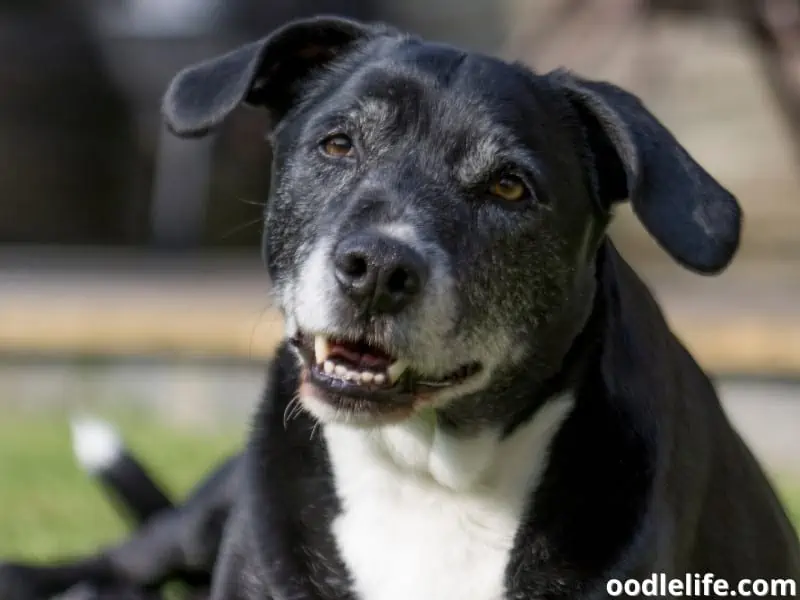
They aren’t pup for those acrobatics at this stage of life!
Injury or Trauma
If your dog has suddenly stopped jumping, one possible reason could be an injury or trauma. Pain in the back, hind legs, muscles, or hips can make moving and jumping uncomfortable for your dog. They might have landed poorly while performing one of their many doggy stunts, and now they’re being extra cautious.
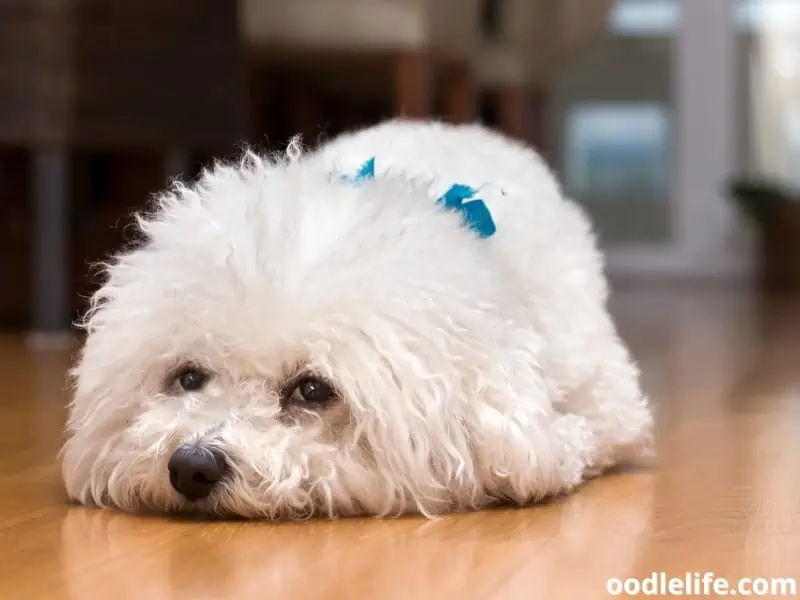
So, skip the doggy audition for Cirque du Soleil and stay mindful of their well-being.
Illness or Infection
Sometimes, a dog might not jump up due to an underlying illness or infection like lumbosacral stenosis, intervertebral disc disease (IVDD), or myasthenia gravis. These ailments can cause lethargy and discomfort, making jumping a less appealing activity for your dog. In these cases, it’s essential to seek veterinary advice to diagnose and treat any potential health issues.
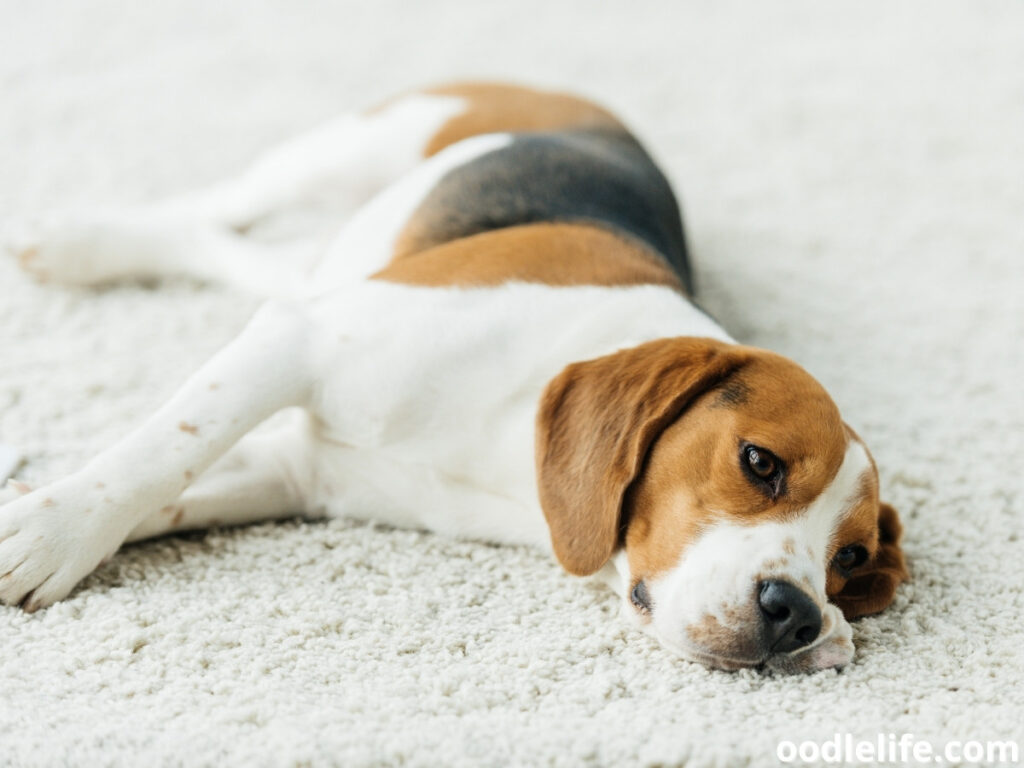
Remember, a non-jumping dog could be their way of saying, “Hey, human, something’s wrong!”
Physical Causes of Difficulty in Jumping
There could be various physical reasons why your furry friend isn’t leaping to new heights anymore. In this section, we’ll explore the possible joint and bone issues and muscle and nerve problems that could be affecting your dog’s ability to jump.
Joint and Bone Issues
One common cause is arthritis, which can cause inflammation and pain in your dog’s joints, making them reluctant to jump. Just like humans, dogs can get a bit stiff and creaky as they age, leading to discomfort when attempting those gravity-defying leaps.
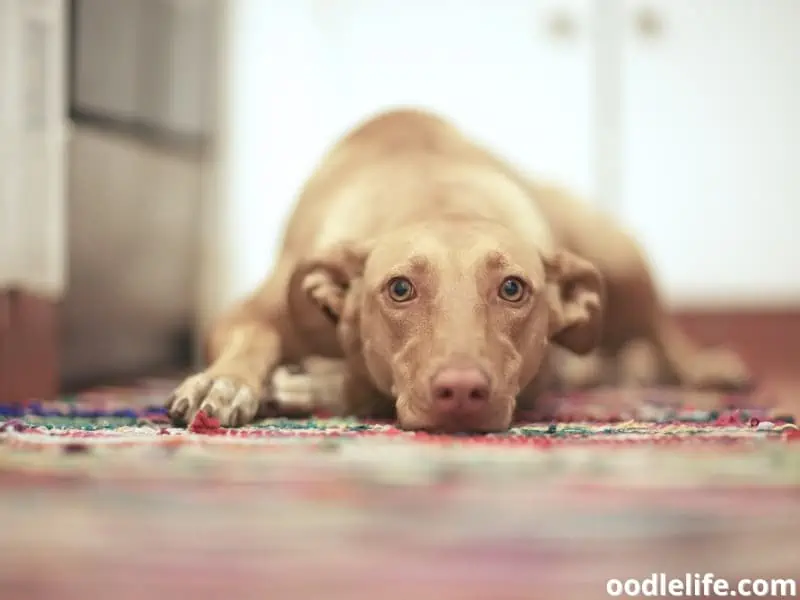
Another potential issue is hip dysplasia, a genetic condition in which the hip joint doesn’t develop properly. This can cause limping, pain, and stiffness, which can all impact your dog’s ability to jump up. Hip dysplasia isn’t the only joint and bone issue that might trouble Spot; other possibilities include:
- Osteomyelitis (bone infections)
- Intervertebral disc disease (IVDD): a condition affecting the spinal discs
- Lumbosacral stenosis: narrowing of the spinal canal in the lower back
These conditions might sound scary, but don’t worry – your friendly neighborhood vet can help diagnose and treat them, potentially getting your pup back to their jumping ways.
Muscle and Nerve Problems
Besides joint and bone issues, there could be muscle and nerve-related culprits behind your dog’s lack of jumping zeal. Degenerative myelopathy, for example, is a progressive spinal cord disease that can result in rear leg weakness, making it difficult for your dog to jump or even walk.

Other potential muscle and nerve issues include:
- Trauma or injury to the muscles or nerves
- Myasthenia gravis: a neuromuscular disorder affecting muscle strength
- Lethargy or weakness due to illness or infection
Remember that one time when you sprained your ankle and couldn’t do your daily jog for weeks? Well, dogs can experience similar setbacks. So, if your dog isn’t jumping anymore, it might be worth a trip to the vet to rule out any of these muscular or neurological issues – and maybe slip in a joke or two to lighten the mood.
Just remember: A healthy dog is a happy dog, and a happy dog is more likely to bound up onto the couch for cuddles.
When to Consult a Veterinarian?
Signs and Symptoms
If your dog suddenly stops jumping, it can be concerning. It’s essential to monitor them for signs and symptoms that may indicate a more severe issue.
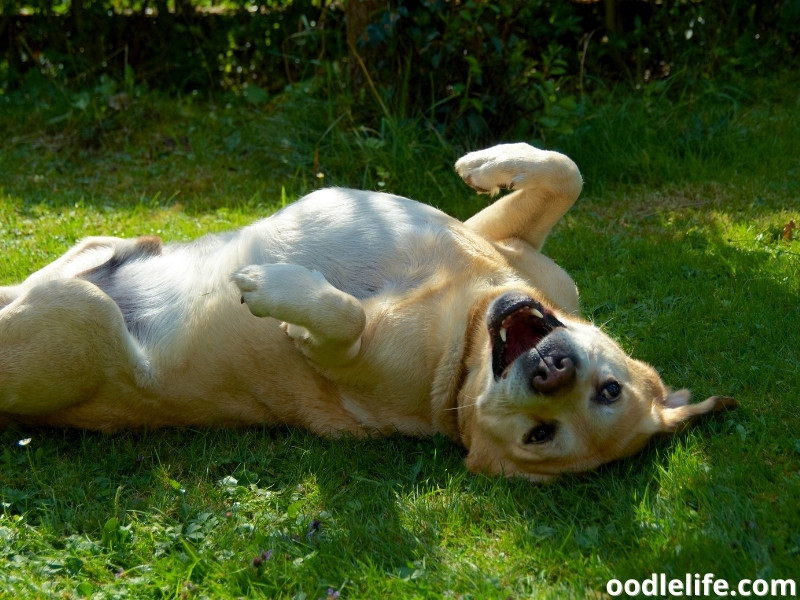
Some indicators that prompt a visit to the veterinarian include:
- Lethargy or decreased energy levels
- Fever
- Abnormal gait, like limping
- Decreased range of motion
- Reluctance to exercise or play
- Vomiting
- Seizures
Remember, dogs can’t tell us when they’re in pain. So, it’s up to us as responsible pet owners to keep an eye on their behavior and seek help when needed.
Pain Management And Treatment Options
If your dog is diagnosed with a condition causing their reluctance to jump, your veterinarian will develop a treatment plan.
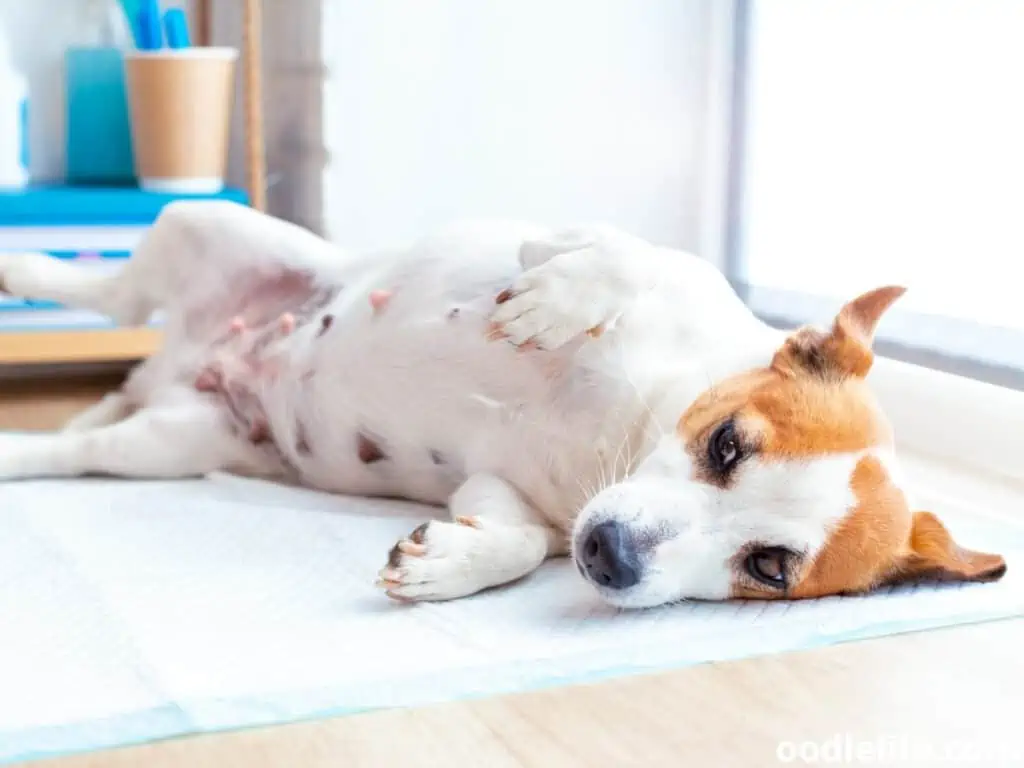
This may include:
- Pain medications: These can help alleviate discomfort, making it easier for your dog to move and jump again.
- Physical therapy: This can improve your dog’s strength, flexibility, and overall mobility.
- Management of underlying conditions: Treating health issues such as IVDD, arthritis, or kidney failure can improve your dog’s quality of life and possibly restore their jumping abilities.
Of course, every dog’s situation is unique. The key is to work closely with your veterinarian and follow their advice. Remember, Rover isn’t just faking it to get out of doing tricks – if they’re not jumping, there’s a reason, and it’s essential to address it.
After all, who wouldn’t miss the canine equivalent of an Olympic high jump champion?
Preventing Jumping Difficulties
Regular Exercise and Activity
Keeping your dog physically fit through regular exercise and activity can help prevent jumping difficulties. Engaging in activities such as walks, playing fetch, or providing interactive toys is crucial for a dog’s overall well-being. Regular activity may help to alleviate discomfort caused by joint disease or osteoarthritis, making it easier for your furry friend to jump and climb stairs.
Getting the ball rolling with physical activity (pun intended) can not only keep your dog’s muscles strong and flexible, but may also contribute to maintaining a healthy ball and socket within their joints. Short and sweet exercise sessions are better than rare, marathon playdates; consistency is key, like posting on social media stories before they disappear.
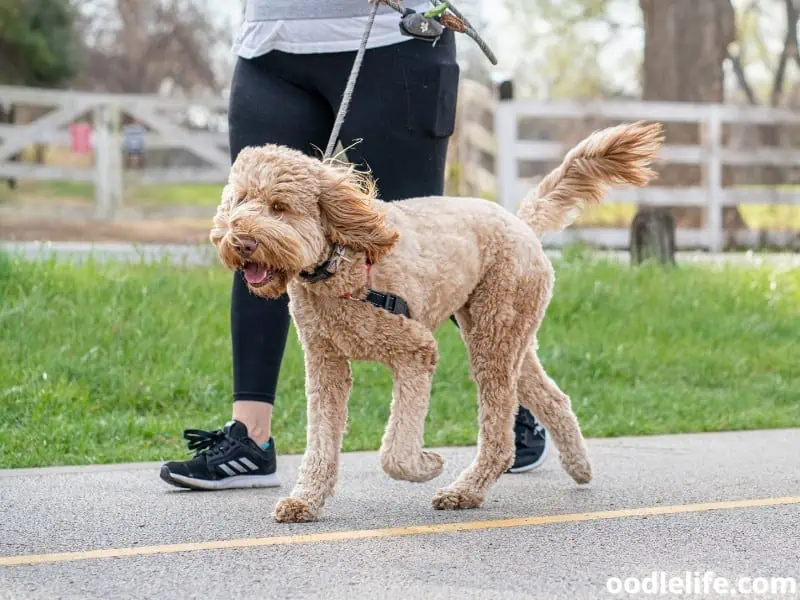
Proper Nutrition
A well-balanced diet is essential for keeping your dog’s joints healthy and working smoothly. The right food can reduce the chances of them developing joint-related problems, such as osteoarthritis or other joint diseases, which may cause difficulties in jumping or climbing stairs.
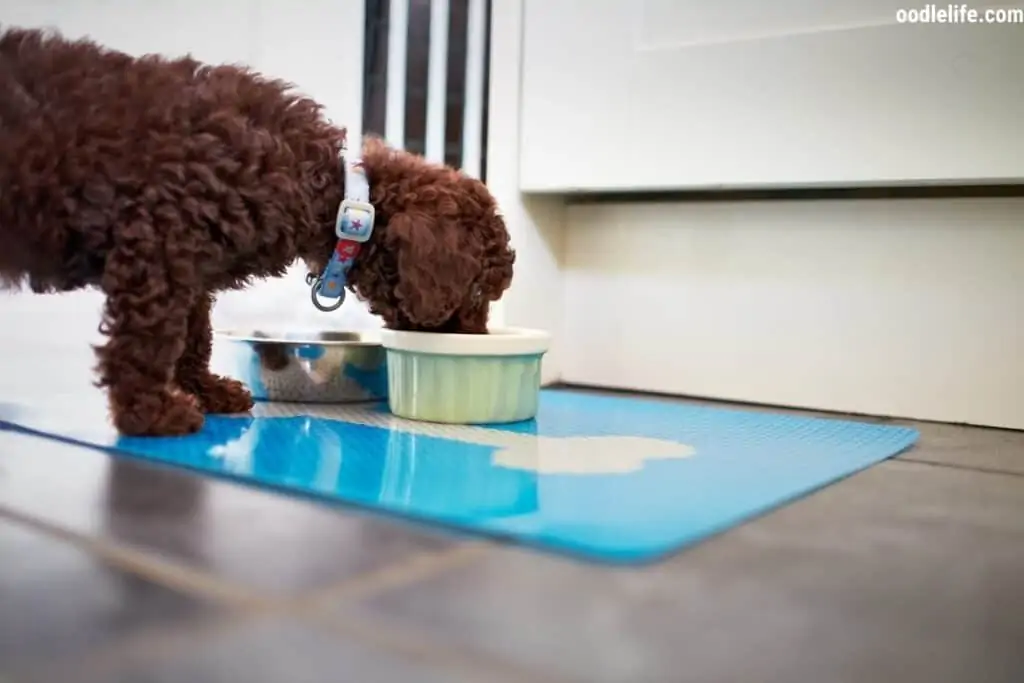
Provide your dog with:
- High-quality, balanced dog food containing the right mix of protein, fat, vitamins, and minerals.
- Adequate amounts of glucosamine and chondroitin in their diet, which help support joint health and cushioning.
- The appropriate amount of food for their age, breed, and activity level to maintain a healthy body weight. After all, no dog enjoys feeling like an overstuffed sausage unable to leap onto the couch.
By combining regular exercise with proper nutrition, you can help your dog prevent joint issues that might make jumping difficult. Just like humans, dogs need an overall holistic approach to stay in tip-top shape. And remember, it’s better to prevent these issues before they take the leap into becoming problems!
Adjustments to Home Environment
Dog-Friendly Furniture
Creating a comfortable environment for your dog is essential, especially if they are suddenly unable or unwilling to jump. One way to make their environment more dog-friendly is to invest in lower, more accessible furniture. For example, consider getting a lower bed or sofa to ease the strain on their back and joints when attempting to jump.

If your pup is a smaller toy breed like a Yorkie, they might find it difficult to jump onto higher surfaces. In that case, consider providing them with a soft and cozy bed on the ground where they can sleep and feel secure without needing to strain themselves.
Aiding Accessibility
Helping your dog regain access to their favorite spots can be managed with a few simple adjustments. Here are some ways you can aid your dog’s accessibility:

- Provide pet stairs or ramps for your dog’s favorite spots like beds, sofas, or other high surfaces. This can be particularly helpful for dogs with patella luxation or sprained muscles that could hinder their ability to jump.
- If your dog is scared or hesitant to use the stairs or ramps, try using treats and positive reinforcement to make the experience more enjoyable.
- Regularly check and express your dog’s anal glands to avoid discomfort or pain that could be contributing to their reluctance to jump.
- Offer your dog comfortable sleeping alternatives on the floor like plush dog beds or cushions if they’re unable to climb onto elevated surfaces.
Remember, your dog might still want to play and engage with you even if they can’t jump anymore. Keep offering them their favorite toys and find new games that don’t require leaping around. Think fetch while laying down, “hide the treat” puzzles, or even a toy that wobbles on the ground instead of bouncing into the air.
By making these simple adjustments to your home environment, you can help your dog feel more comfortable and ease their difficulties while still maintaining a fun and engaging life, even if their jumping days may be behind them for reasons like age, injury, or fear.
Monitoring and Ongoing Care
Keeping an Eye on Your Dog’s Health
It’s essential to keep a close eye on your dog’s health when they suddenly stop jumping. For example, if your fur buddy has diabetes, their mobility may be affected due to joint inflammation or nerve pain. In this case, you should communicate with your vet to closely monitor your dog’s condition and make necessary adjustments to their treatment plan.
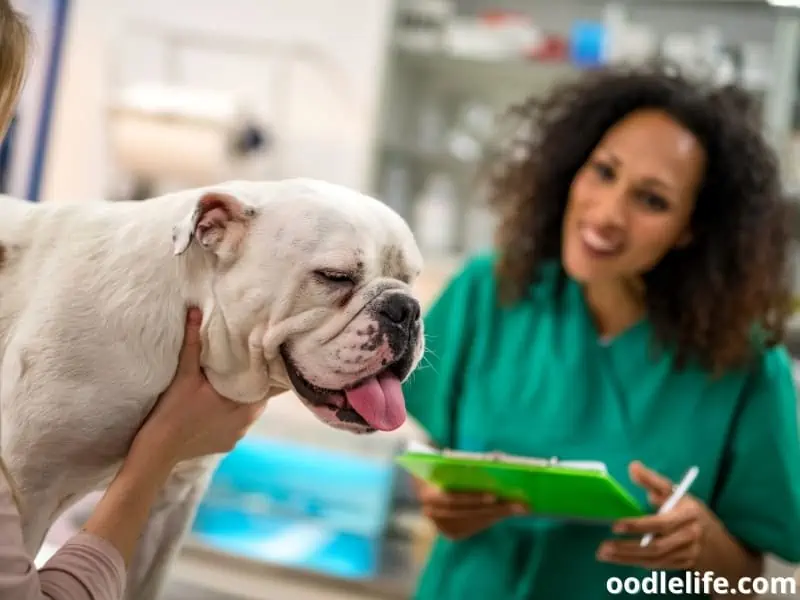
Regular check-ups with your veterinarian can help catch potential health issues before they become too severe. Remember, our pets can’t tell us when something is wrong, so it’s up to us to play detective.
Managing Chronic Conditions
Certain chronic conditions can cause your dog to stop jumping abruptly.
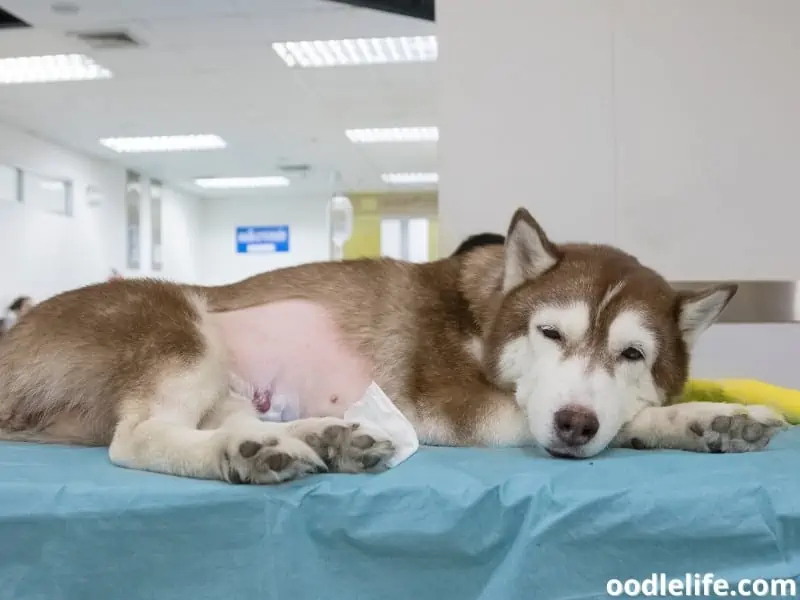
Here are some guidelines depending on the medical condition:
Botulism: This neuromuscular disorder can result in paralysis and difficulty moving. In severe cases, hospitalization in a veterinary ICU, stomach tube feeding, and assistance with breathing through a ventilator may be required.
Arthritis: Commonly causing pain and stiffness, arthritis management includes:
- Medications prescribed by your vet
- Weight management to reduce stress on joints
- Providing comfortable and supportive bedding
- Gentle exercise routines, such as swimming or leisurely walks
As you can see, taking care of a dog experiencing mobility issues means staying vigilant, communicative with your vet, and managing any underlying chronic conditions. This way, you’ll not only improve the quality of life for your beloved companion but also have some entertaining anecdotal stories to share at the dog park!